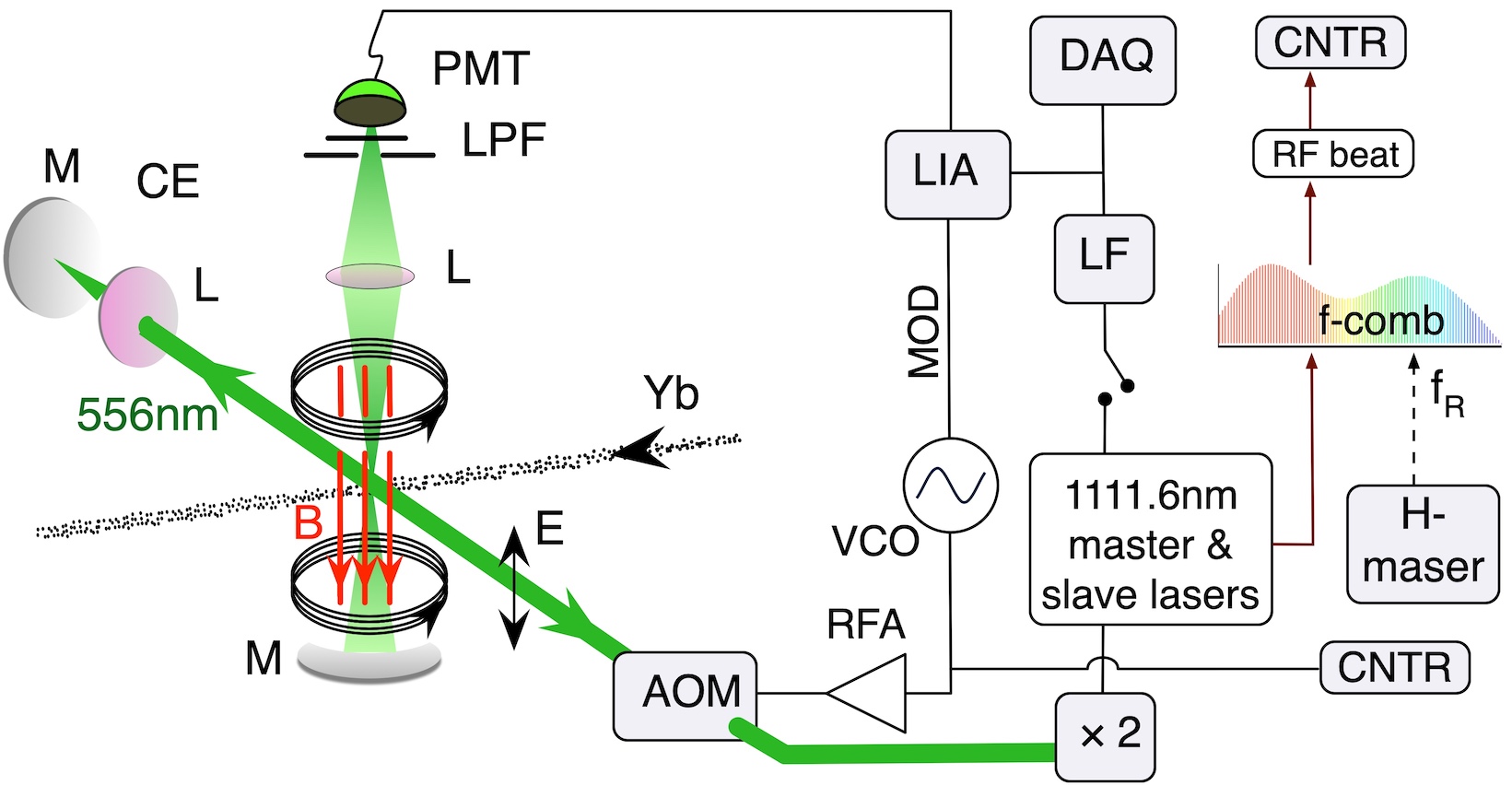Simulating an atomic clock is a multifaceted endeavor that involves a deep understanding of quantum mechanics, electromagnetism, and advanced computational techniques. This article delves into the methodologies employed to reproduce the precise timekeeping characteristics of atomic clocks, while exploring various types of simulations, necessary components, and the potential applications of such models.
Atomic clocks are heralded for their extraordinary accuracy, relying on the natural oscillations of atoms—typically cesium or rubidium—to maintain temporal precision. The foundation of simulating an atomic clock begins with a meticulous selection of the atomic species, which dictates the clock’s oscillatory properties. The following sections will discuss the key components of such simulations, the methods of implementation, and effective tools utilized in the process.
Selection of Atomic Species
The choice of atomic species is paramount. Cesium-133 atoms are the standard for defining the second in the International System of Units, although rubidium and strontium have gained prominence in recent research due to their advantageous characteristics. Each atomic species possesses distinct energy levels and hyperfine structures, impacting the frequency stability and accuracy of the clock. The initial step in simulating an atomic clock requires rigorous quantum mechanical calculations to ascertain the energy spectra of the chosen atoms.
Theoretical Foundations: Quantum Mechanics
A profound comprehension of quantum mechanics is indispensable for simulating atomic clocks. The Schrödinger equation serves as the cornerstone for predicting the behavior of quantum systems. Numerical methods such as finite-difference time-domain (FDTD) or the finite element method are often employed to solve these equations under specific boundary conditions inherent to atomic clocks. Quantum coherence, decoherence, and the role of environmental interactions should be meticulously analyzed to ensure fidelity in the simulation.
Electromagnetic Interaction: Rabi Frequencies and Lamb Dips
The interaction between the atomic species and external electromagnetic fields, which facilitates the transition between hyperfine states, is crucial for the operation of atomic clocks. The Rabi frequency dictates the effective coupling between the atoms and the applied electromagnetic radiation. Additionally, researchers should investigate phenomena such as Lamb dips and saturation effects, which can complicate frequency measurements. Detailed simulation of these interactions is typically achieved using quantum mechanical perturbation theory, allowing for a more accurate representation of the optical pumping process.
Simulation Algorithms and Techniques
The computational techniques adopted for simulating atomic clocks vary based on the desired level of accuracy and computational resources available. Methods may include Monte Carlo simulations, which explore numerous possible states of the system to derive statistical properties. Alternatively, one may implement density matrix formalism to account for quantum state evolutions in mixed states under decohering influences. The choice of algorithm hinges on the balance required between computational efficiency and physical realism.
Building the Simulator: Numerical Software Tools
Several mathematical and scientific software frameworks can assist in the simulation of atomic clocks. MATLAB and Mathematica provide robust environments for custom simulations, while specialized quantum computing toolkits, such as Qiskit or QuTiP, offer platforms tailored to quantum systems. The selection of a specific tool should align with the simulation’s objectives, whether it be visualizing quantum states or implementing advanced statistical mechanics.
Data Validation and Accuracy Assessment
The validity of simulation results necessitates rigorous cross-calibration against established theoretical expectations and experimental results. This involves performing a meticulous uncertainty analysis, assessing sources of error such as thermal fluctuations, environmental noise, and level shifting caused by collisional interactions. Robust simulation requires iterating on these parameters to establish confidence in the model’s predictive capabilities.
Applications of Atomic Clock Simulation
Beyond merely understanding the operational characteristics of atomic clocks, simulating these devices holds implications across various domains of science and technology. Highly accurate timekeeping is indispensable in Global Positioning System (GPS) technology, telecommunications, and fundamental physics research, including tests of relativity and quantum gravity. Furthermore, as quantum technologies advance, the ability to simulate atomic clocks could facilitate the development of next-generation quantum networks that rely on entangled states and coherence preservation.
Future of Atomic Clock Simulations
The rapid evolution of computational capabilities and quantum technologies portends an exciting future for atomic clock simulations. As techniques evolve, simulations may embrace machine learning algorithms to optimize clock designs and measures, predicting performance based on historical data. This paradigm shift will enhance our understanding of atomic interactions, potentially leading to unprecedented levels of timekeeping precision.
In conclusion, simulating an atomic clock is a sophisticated blend of quantum mechanics, computational physics, and practical application. The techniques employed span from theoretical calculations and algorithm development to the orchestration of simulations through advanced software tools. As research in this field progresses, the implications for technology, science, and our understanding of time itself are profound and far-reaching.












